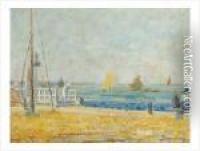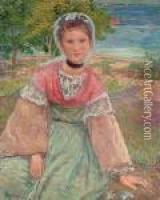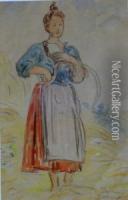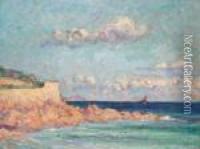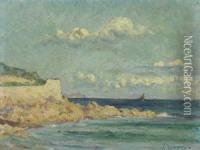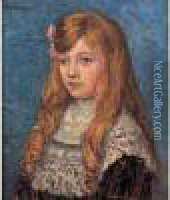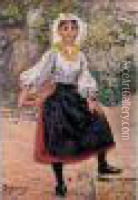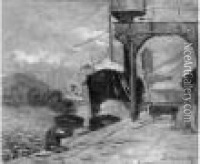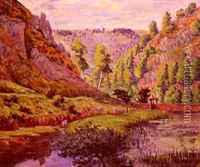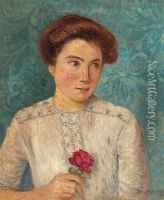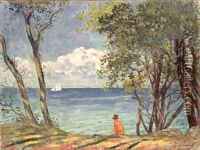Emile Alfred Dezaunay Paintings
Emile Alfred Dezaunay was a French painter and printmaker born on May 30, 1828, in Nantes, France. His artistic journey began under the guidance of his father, who was an amateur artist. Dezaunay continued his education at the École des Beaux-Arts in Paris, where he studied under influential artists such as Hippolyte Flandrin and Louis Lamothe, both of whom were students of the famous French painter Jean-Auguste-Dominique Ingres.
Dezaunay's style was deeply rooted in the academic tradition, focusing on historical and religious themes, which were prevalent in the 19th-century French art scene. He was particularly known for his meticulous approach to detail and his dedication to classical painting techniques.
Throughout his career, Dezaunay exhibited his works at the Paris Salon, a prestigious annual and later biennial art exhibition held in Paris. His participation in these exhibitions helped him to establish a reputation as a skilled painter among his contemporaries.
Dezaunay's contributions to art were not limited to painting; he was also an accomplished printmaker. His etchings and lithographs are notable for their precision and clarity, which reflect his academic training. These works often featured landscapes and urban scenes, capturing the essence of French life during his time.
Despite his talent and dedication to the arts, Emile Alfred Dezaunay remains a relatively obscure figure in art history. His works, while not widely known, are appreciated for their representation of 19th-century academic art and provide insight into the period's artistic trends and techniques.
Dezaunay passed away on November 11, 1917, in Paris. His legacy is preserved in the collections of various French museums and in the annals of 19th-century French art history. He remains a figure of interest for scholars studying the nuances of academic art and its practitioners during the Belle Époque era in France.
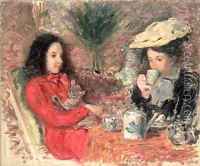
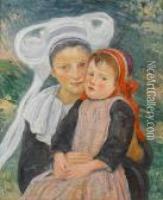
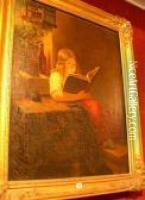
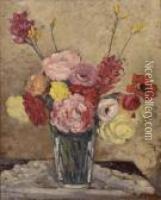
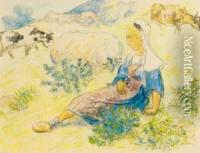
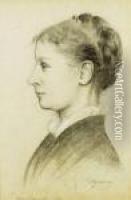
![[elegants Et Elegantes En Caleche]. Vers 1910](https://www.niceartgallery.com/pic/6fe10d4b/1276282s.jpg)
